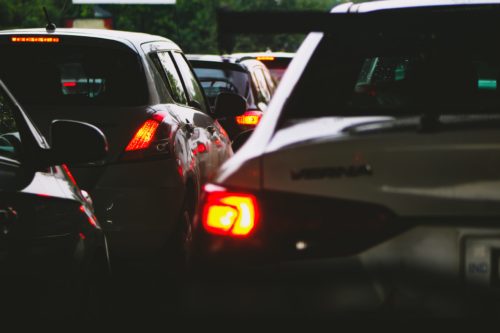
{2:30 minutes to read}
What is a safe following distance between cars to be able stop in time to avoid a collision?
Generally, courts hold the rear car responsible in a two-car, rear-end collision. Most commonly, these types of collisions occur when the front car:
- slows down to stop for a traffic light changing to red;
- slows down to avoid striking an object in the road;
- stops to allow a pedestrian, cyclist or other vehicle cross the road;
Regardless of whether the car in front stopped suddenly, the car behind is usually held legally responsible for the impact. The courts rule that the rear driver was either following too closely or traveling too fast to stop safely and avoid hitting the car in front. The burden is on the rear driver to maintain a safe following distance.
Smartmotorist.com recommends the following rule to determine a safe following distance:
First select a fixed object on the road ahead such as a sign, tree or overpass. When the vehicle ahead of you passes the object, slowly count “one one thousand, two one thousand, three one thousand.” If you reach the object before completing the count, you’re following too closely. Making sure there are three seconds between you and the car ahead gives you time and distance to respond to problems in the lane ahead of you. This rule would change depending on the traffic and weather conditions.
If you are involved or injured in a rear-end collision, call the Katter Law Firm at 212-809-4293. We are happy to answer your questions.
Ron Katter
Katter Law Firm
Phone: 844-WAS-HURT
Alt Phone: 212-809-4293
